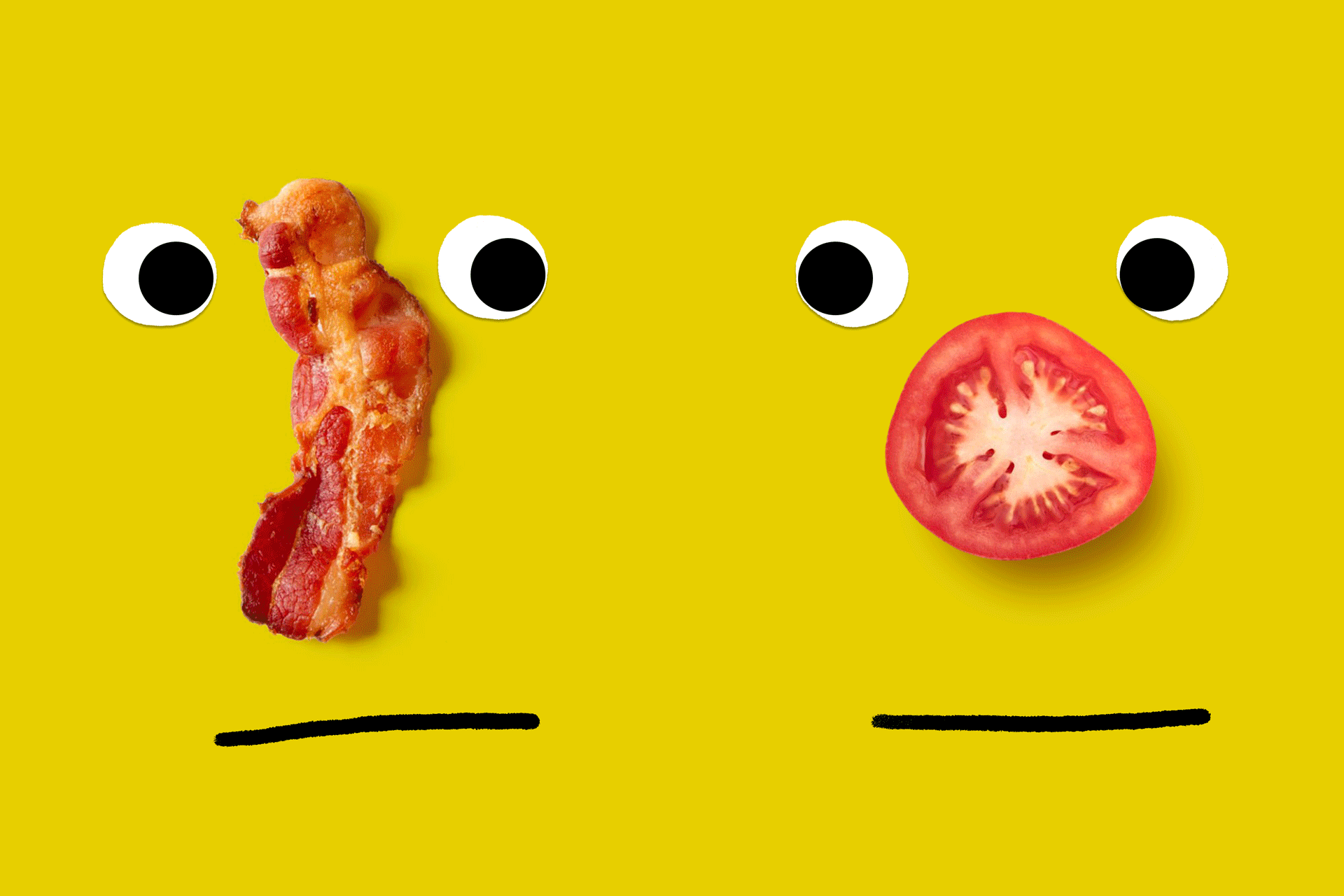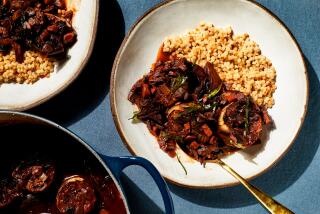A Caution on High Fat Levels in Some Vegetarian Diets : There Are Several Dishes That Can Be Compared With Meat in Terms of Its Content
- Share via
A vegetarian diet may be higher in fat than those containing meat if not carefully designed, warns the California Dietetic Assn. (CDA), Los Angeles District.
“A good vegetarian diet--one that provides all nine of the essential amino acids making up complete proteins--is based on the nutrient-based food group system consisting of milk, meat or meat alternates, vegetables and fruits and breads and cereals,” said Rita Storey, RD, president of CDA.
Non-meat protein is found in milk group foods and meat alternatives such as eggs nuts and legumes (beans, peas, lentils and peanuts). Legumes combined with whole grains such as brown rice or cracked wheat, will provide complete proteins.
Some meatless dishes such as quiche, walnut-lentil loaf and macaroni and cheese, however, can be compared to an untrimmed steak in terms of fat content.
“Just because a diet is vegetarian doesn’t mean it’s impossible to have more calories or fat than a non-vegetarian diet,” Storey said. “In any diet, it’s wise to keep a close eye on fat intake.”
Daily Servings
For optimum nutrition, an average healthy adult needs two servings daily from the milk group, two servings of meat or meat alternatives, and four daily servings from both the vegetables/fruits and breads/cereals groups.
Low-fat meat alternates include kidney, pinto and garbanzo beans, lentils and peas.
“Eating these recommended number of servings will ensure adequate intake of the right kinds of amino acids to stay healthy and maintain an active life style,” Storey said.
High-fat extra foods such as vegetable oil, margarine, butter, sauces or mayonnaise, may be limited to two servings a day in any diet, not just vegetarian.
More to Read
Eat your way across L.A.
Get our weekly Tasting Notes newsletter for reviews, news and more.
You may occasionally receive promotional content from the Los Angeles Times.










